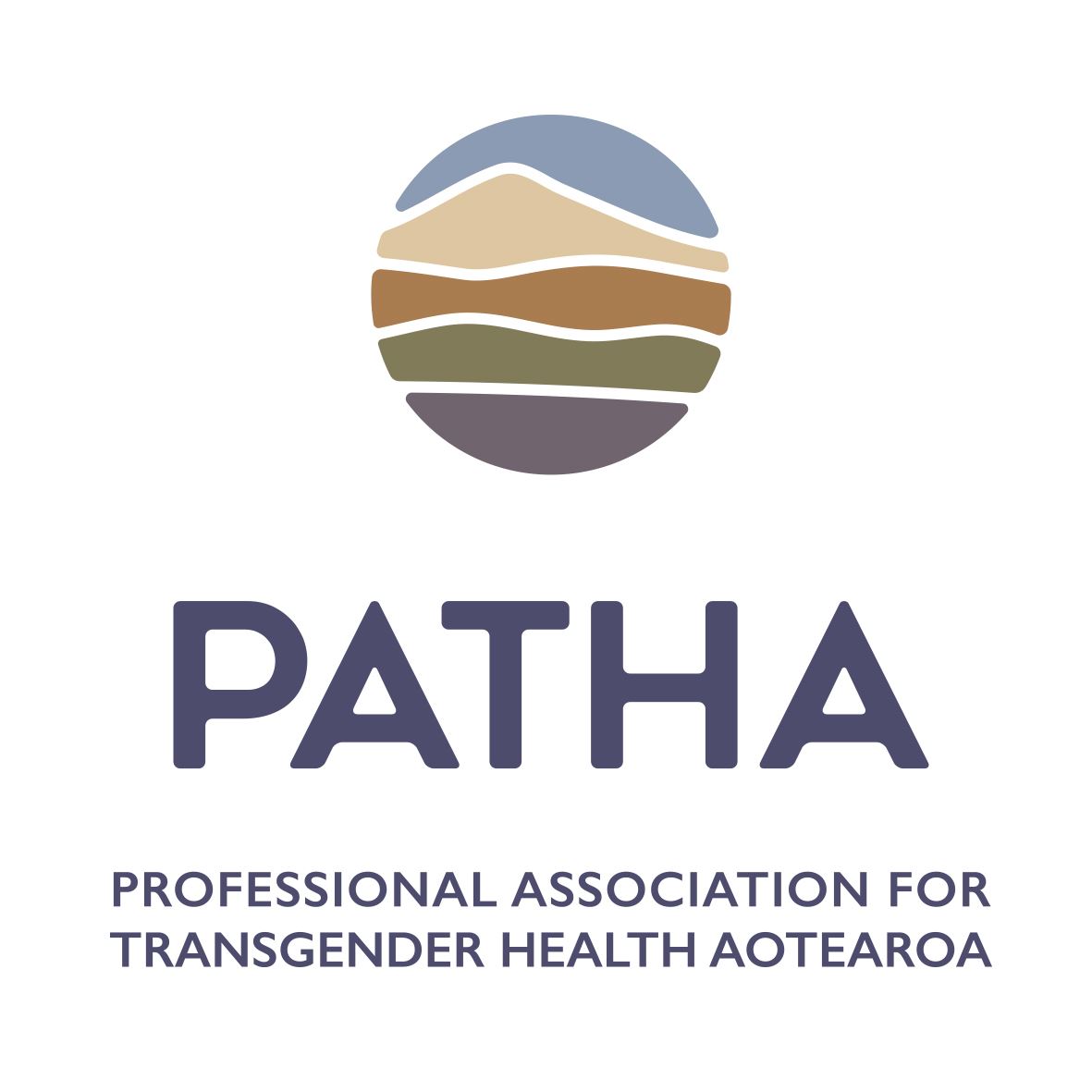Menu
Log in

Please log in to continue
Please login to continue to the page you have requested.
About PATHAThe Professional Association for Transgender Health Aotearoa (PATHA) is an interdisciplinary professional organisation working to promote the health, wellbeing, and rights of transgender people. We are a group of professionals who have experience working for transgender health in clinical, academic, community, legal and other settings. | Contact |
 |
Powered by Wild Apricot Membership Software